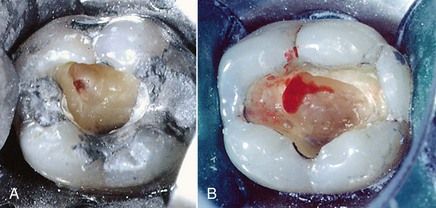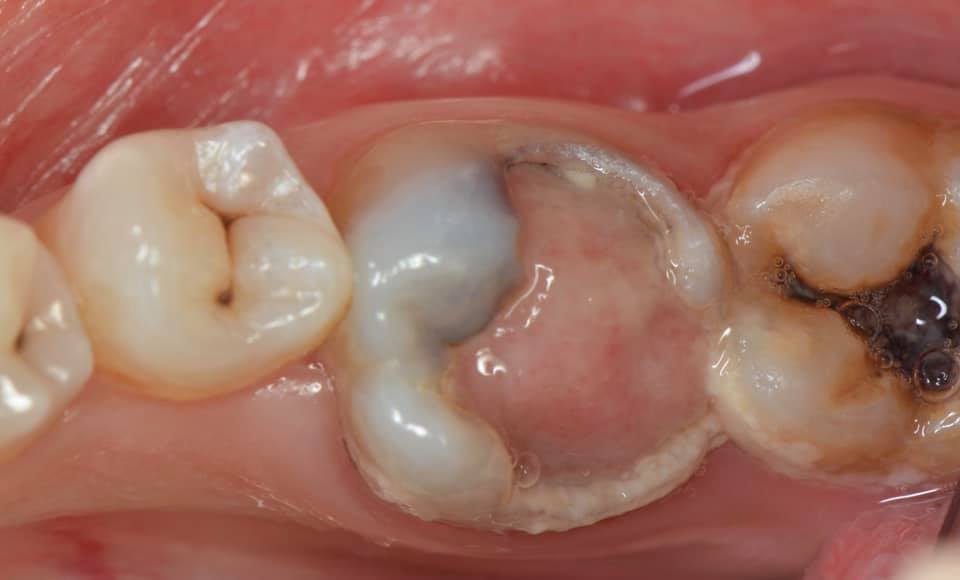
Gums (also called gingiva.) Soft tissues that cover and protect the roots of your teeth and cover teeth that have not yet erupted. Only a dentist can correct these conditions. Because it contains no living cells, tooth enamel cannot repair damage from decay or from wear. Hard calcified tissue covering the dentin in the crown of tooth. The fourth tissue-pulp, or the center of the tooth that contains nerves, blood vessels and connective tissue-is a soft, or non-calcified, tissue. Three of them-enamel, dentin and cementum-are hard tissues. The decision whether or not to proceed with this excellent but expensive solution must be taken before the tooth is extracted, because the post, which will support the implanted artificial tooth, must the installed immediately after the extraction (although the crown will only be fitted later).Your teeth are composed of four dental tissues. Where a bridge is not a practical solution, then a dental implant is the only possible way left to replace an extracted tooth. This is a practical, long lasting solution, provided that the two real teeth involved are in good condition. There are two options here:Ī bridge is an artificial tooth that rests in the space left by the extracted tooth, where it is held in place through being attached to the adjacent ones. Wherever possible a dentist should replace an extracted tooth with an orthodontic solution to maintain the integrity of the set and the quality of the bite. Tooth Extraction Followed by Replacement: If, however, the tooth removed is at the extreme back of the mouth and the patient wishes to save money, then nothing further may need to be done. If extraction leaves a gap between two teeth, then that gap must be filled with either a bridge or implant. 
In this case, the life of that particular tooth is over, and it must be extracted. It may also have broken up, leaving just a stump behind. The tooth with damaged pulp may be so badly neglected that it is beyond repair. Depending on what the dentist finds, it may be necessary to insert a metal post into the root canal, to which to attach the crown. The dentist will then continue with the procedure for tooth pulp repair. If the damage to the root pulp is extensive and extends right down to the bottom of the tooth where a painful abscess may even form, then the tooth is dead, and it will be necessary for the dentist to remove all the pulp right down to the bottom of the root or roots. In some cases, the damage may be more extensive, and it may be necessary to fit an artificial metal, or porcelain-covered metal crown. If the damage to the pulp is not too far advanced, then a dentist may be able to remove the diseased part of the tooth and build it back up again with a filling. These include repair, root canal treatment, a tooth extraction and a finally a replacement. There are three forms of dental treatment available for a tooth with damaged pulp. When pulp is under threat, so also is the tooth around it, and care is urgently needed.

Its also provides essential blood and nutrients. Pulp contains the nerves and connective tissue of our teeth. This inner core is protected by the tooth enamel – when the bacteria in plaque destroy this barrier, or other damage occurs, decay sets in which, if not attended to by a dentist, eventually spreads throughout the pulp. Pulp is the inner, softer part of a tooth that extends from the core of the root right to the crown.






 0 kommentar(er)
0 kommentar(er)
